What do we lose over the course of time? When visiting a historical site, it can be easy to take what we see at face value. We accept that the work that has been done to turn historical palaces, worship centers, homes, and cities into modern museums or tourist sites has been done with care and caution to provide an authentic and valuable learning experience for visitors. But what can be difficult for the public to grasp while visiting these sites is that the art and archeological world has been struggling with the debate of preservation vs restoration for decades. Each historical site that we can visit today is the product of a decision made by the caretakers or those in charge of the site, and much can be lost along the way. One of the challenges often faced in opening historical sites to the public is the question of how much should be preserved, restored, or left as it is. An example of this debate is a site that is open to the public today, the Palace of Knossos on the island of Crete in Greece. Photographs taken over the years of excavation and visitation to Knossos can serve as means of preservation, and remind viewers to be aware of what has changed or remained the same since the excavation of the historical site.
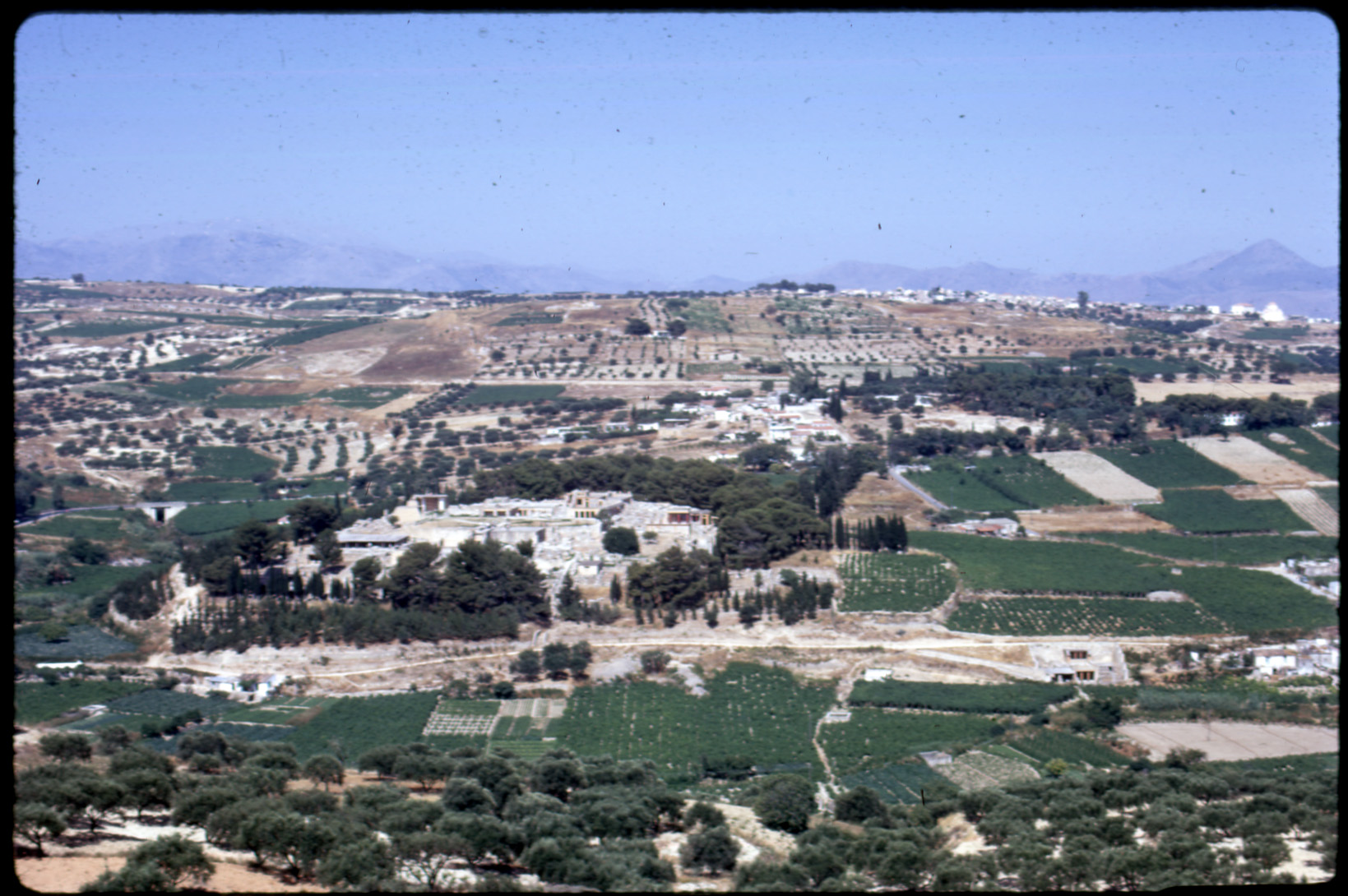
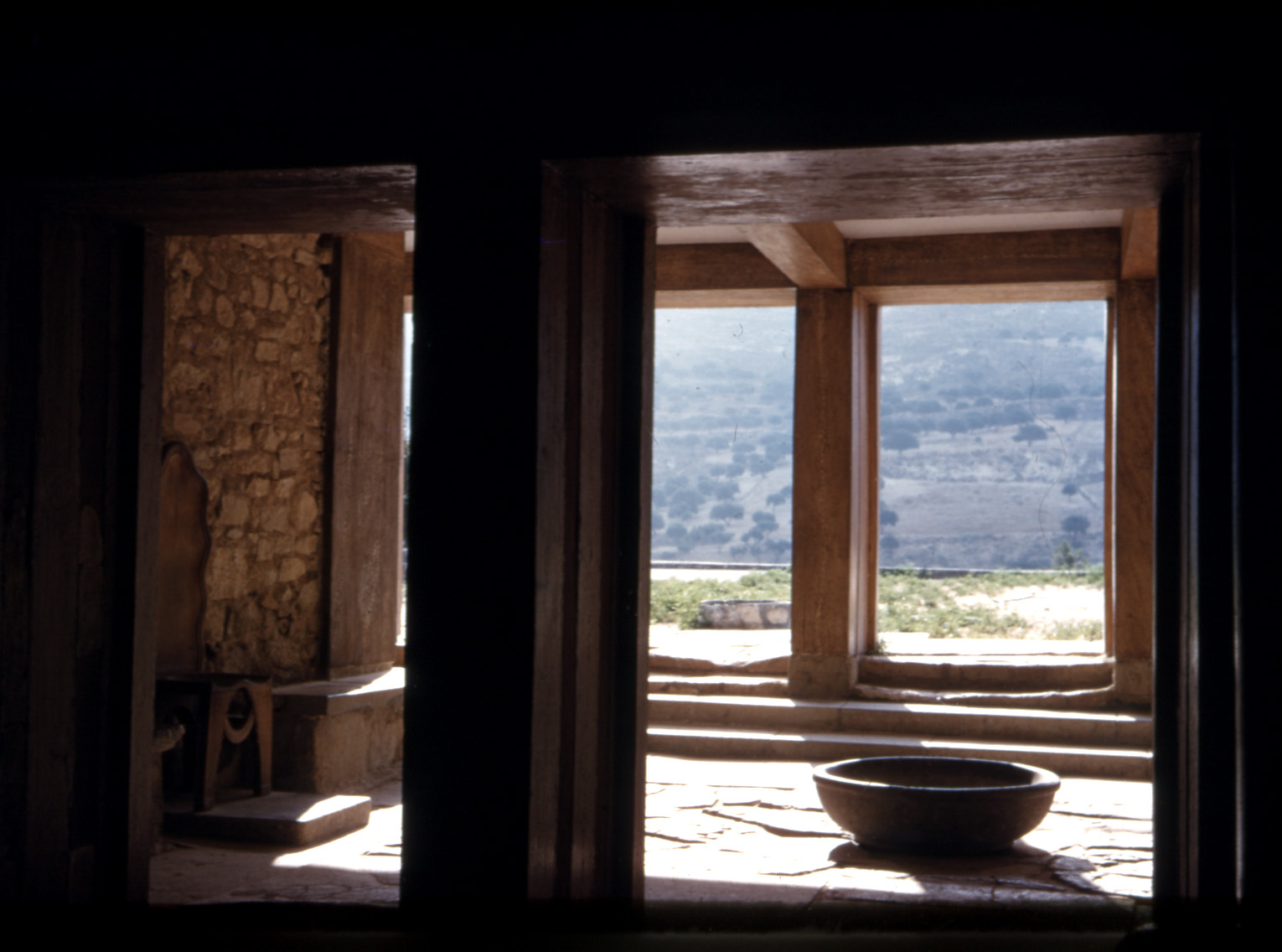
The “Palace” of Knossos, as it is known, is the largest remaining vestige of the Minoan Bronze Age civilization that arose and spread its influence from Crete from around the 27th century BCE to the 15th century BCE (Figure 1). It was not only the first palace of the Minoan civilization, but it was also always the largest palace throughout the Minoan period. Knossos owes much of its place in modern awareness to the archaeologist Arthur Evans, who not only discovered and excavated the site but also set about preserving, reconstructing, and ultimately turning the site into the historical font of information and tourist site it is today (Figure 8). Notably, Evans also popularized calling the civilization that ruled from Knossos “Minoan,” so named for its mythological connection to the story of King Minos and the Minotaur. Determined for his contribution to archeological history to rival the discovery of Mycenae on the mainland, Evans was eager to have the site equated with the famous Greek king and thus lend it a place in Greek mythology (Farnoux 1996, 68). It is fair to say that Knossos “is not only a monument of Minoan civilization but also a monument to one man's–namely Arthur Evans's–conception of that civilization” (Karetsou 2004, 547).
Evans discovered Knossos in the year 1900 and continued construction at the site for many years. It quickly became evident throughout excavation that some work must be immediately done to preserve that which was being uncovered (Karetsou 2004, 547). Unearthing certain sections of the palace left previously sealed rooms open to the elements, and Evans attempted to solve this issue by placing wooden ceilings over areas such as the so-called “Throne Room” of Knossos (Figure 2). In 1930, while “reconstitution” was occurring within the palace, including the complete roofing over the throne room, a “section of the magnificent painted relief from the bull-grapping scene has been set up in the portico over the sea gate…It stands as it stood at the coming of the Greeks'' (Tsipopoulou 2010, 352) (Figure 3). Evans worked largely with a father-son pair to help restore frescoes found at Knossos, both of whom were named Émile Gilliéron. These men, along with Evans, contributed to the public experience of Knossos as it exists today: “guided by the archaeologist, they filled in the pieces according to Evans’s vision as well as their own” (Herschman 2017, 19).
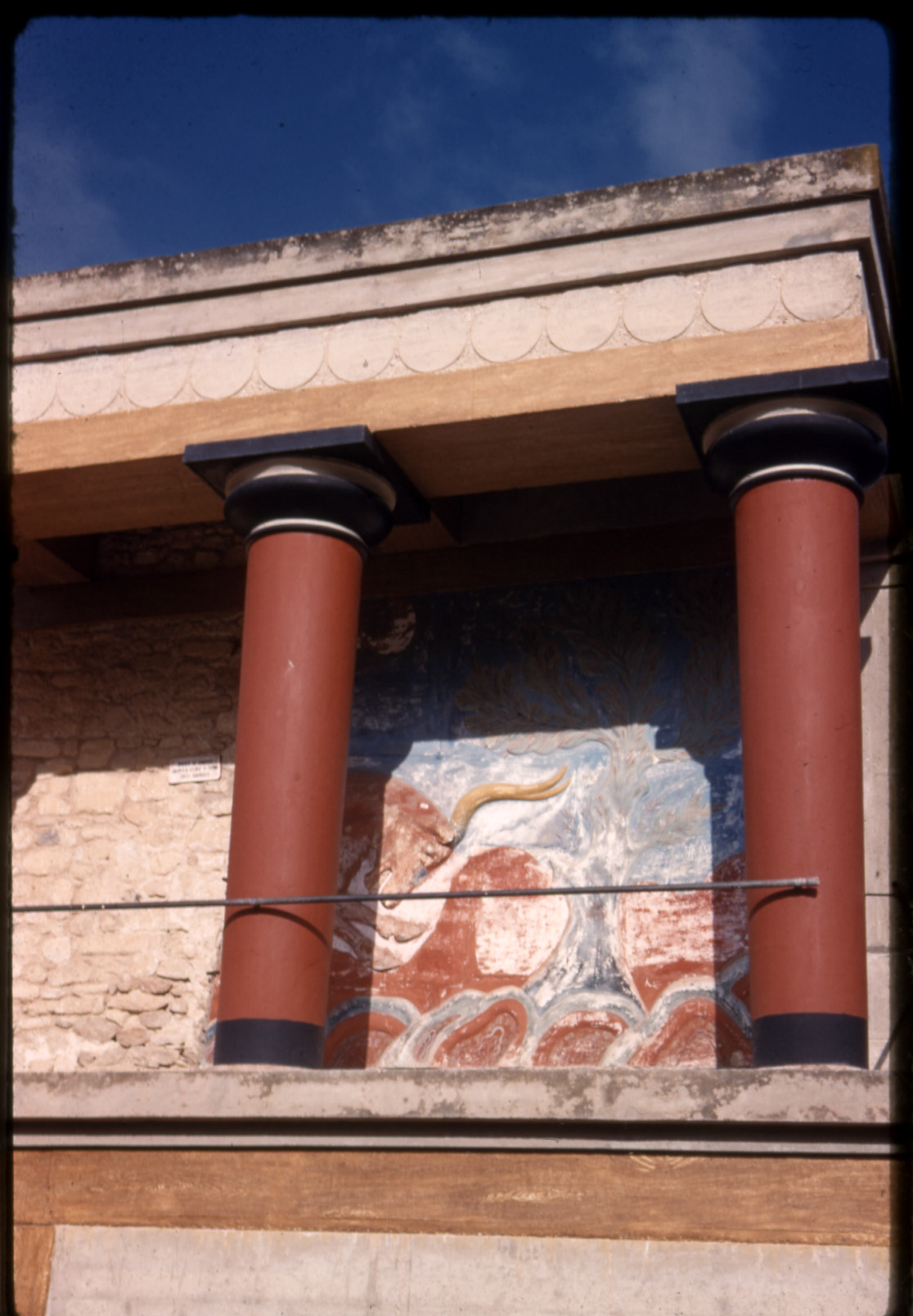
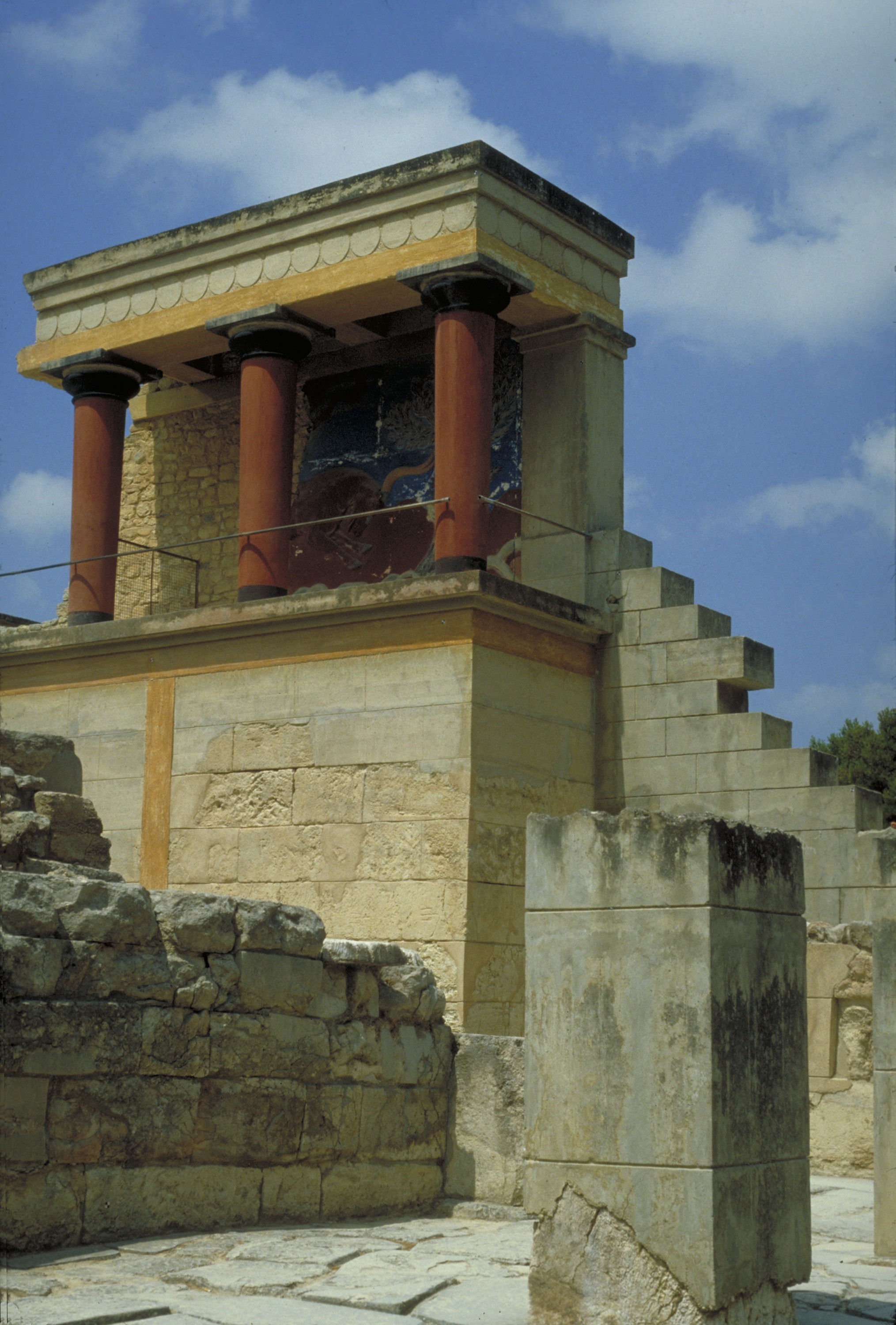
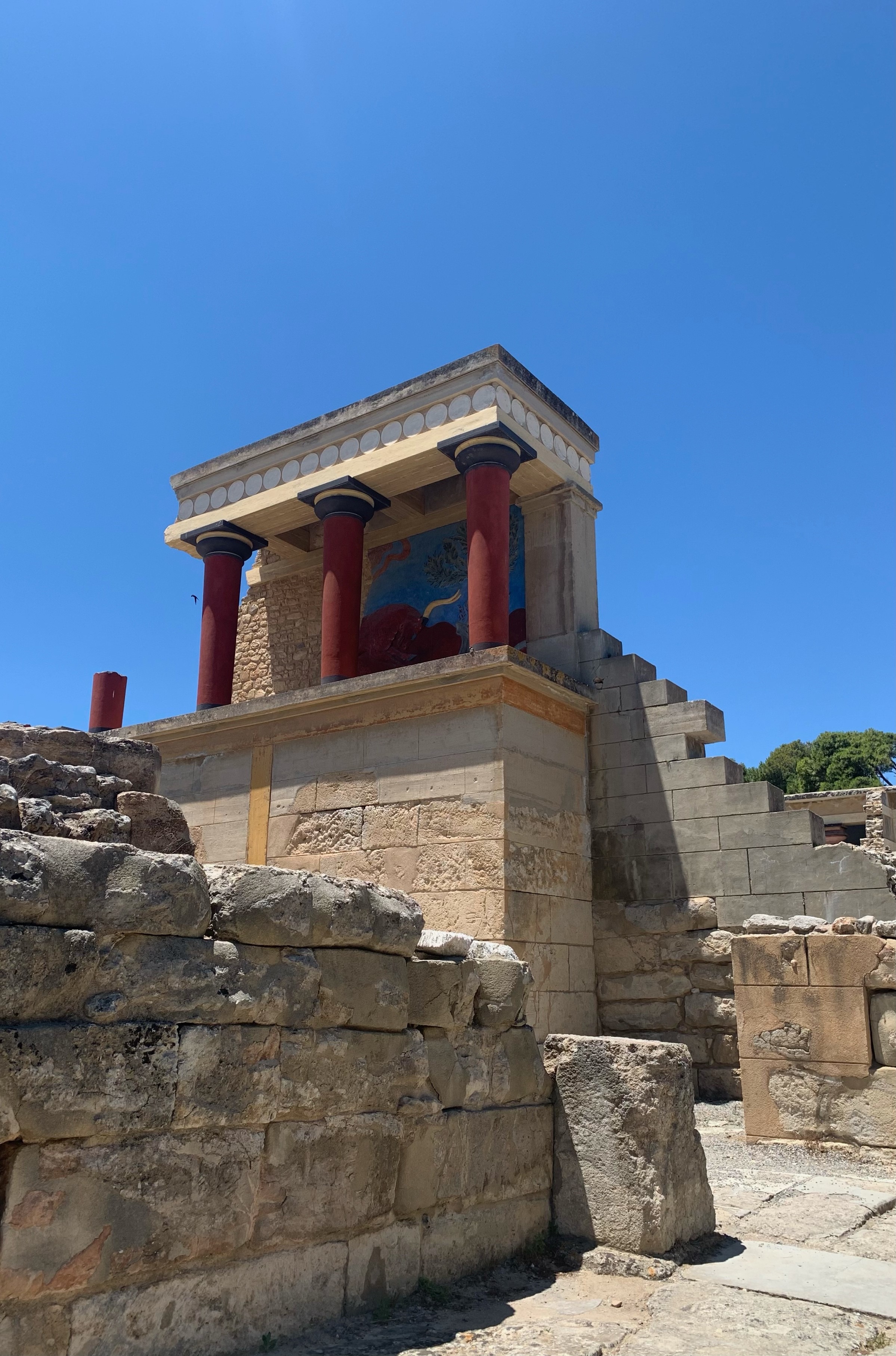
The wooden roofs used to protect individual rooms were eventually replaced with concrete, as Evans moved away from using materials that might have been available during the Minoan Era and towards more modern technology. It is undeniable that Evans’ efforts to preserve the site were essential in maintaining Knossos for future study and viewing, but his work was also controversial. Evans’ “intervention, to a great degree irreversible, is so inextricably linked with the monument and its history that it has greatly contributed to its popularity, “and his “restoration work is undoubtedly dominant” in the scope of work done at the site (Karetsou 2004, 548). Evans was known to “blur the lines between archaeological restoration and artistic invention,” and financing much of the project with his family fortune “allowed him to realize his own vision of the Minoans” (Herschman 2017, 17). In 2007, infrared imaging of fresco fragments in the Throne Room revealed that Evans and the Gilliérons had misinterpreted the depiction of the heraldic griffins on the walls that frame the throne. The images showed that the griffins had feathers in their original form, either in crests on their heads or on wings that are not portrayed in the fresco as it exists today (Shank 2007, 163). Despite what was no doubt Evans’ best effort, the technology did not exist at the time of his excavations of Knossos to reveal the griffins’ feathers in the fresco fragments. His imagination served to fill in the gaps.
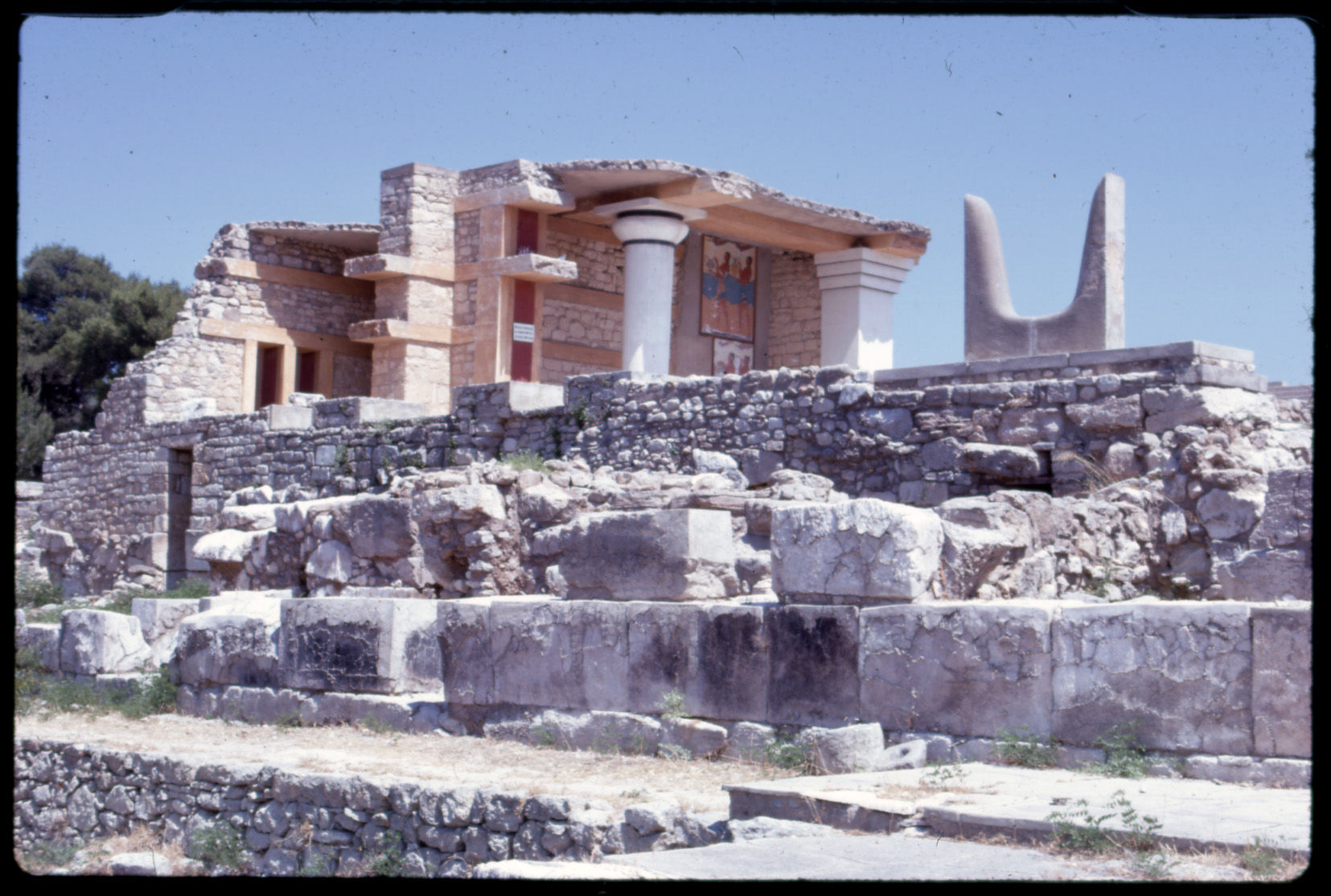

To whatever extent theorists might argue for or against Evans’ decisions regarding the preservation of Knossos, his work guaranteed that the site could endure and teach millions of people, be they visitors or students of history, about the Minoan civilization. Evans was not the only archeologist to leave his mark on Knossos.
Hugh Sackett was an archeologist and scholar who documented a significant portion of his excavations in Greece through photography. In the 1960s he excavated at Knossos, and the images he took of the palace at that time serve as a marker in the history of Knossos’ conservation (Cadogan 2020, 421). Photography gives us the means not only to understand how historical sites looked at a certain point in time, but how they have changed.
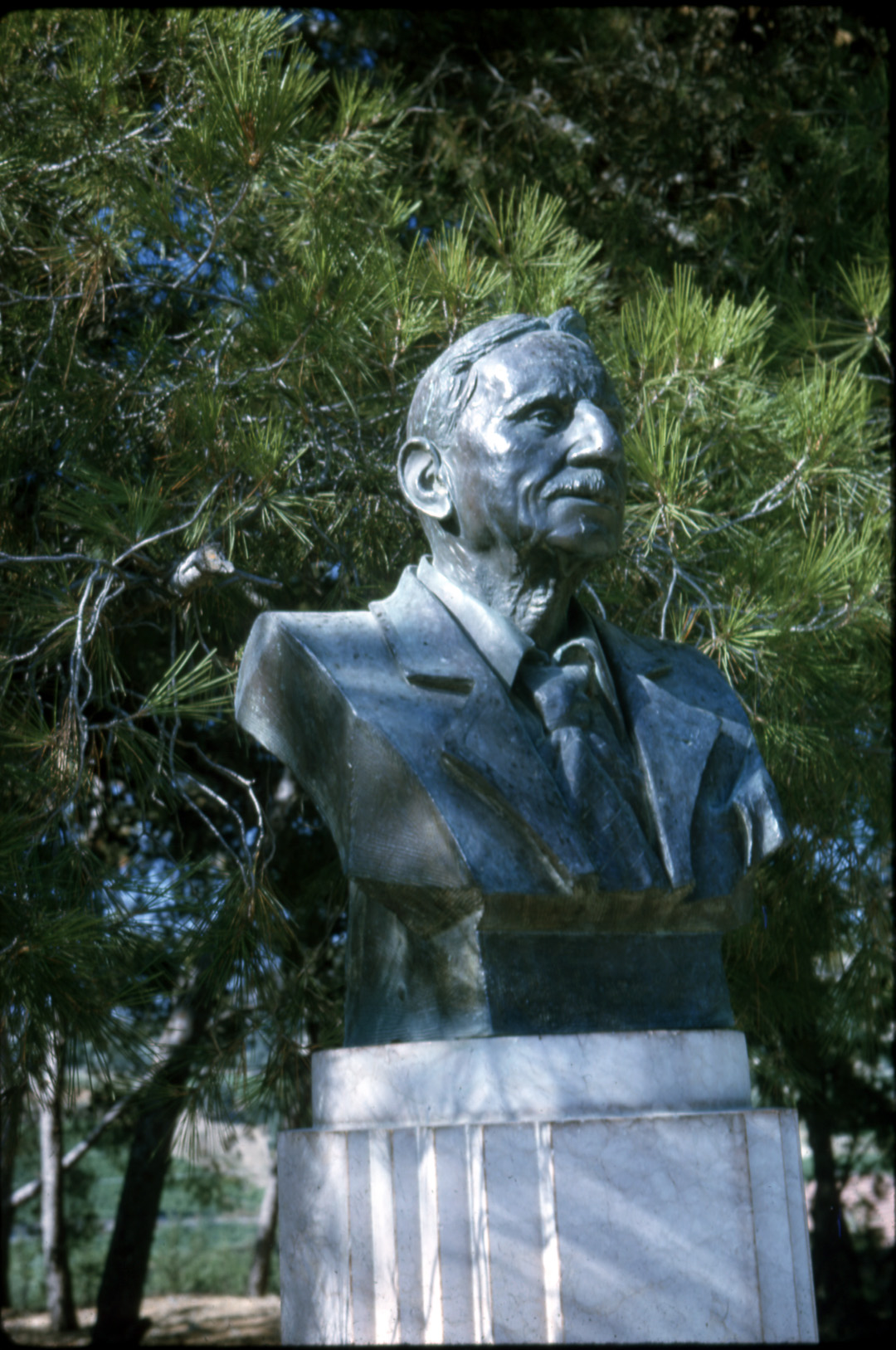
Sackett’s collection of images opens a window to Knossos as it was in the 1960s, and even images taken by tourists today will eventually offer a glimpse of Knossos as it will never exist again. Evans’ original motivations for preservation–those of the wear of time and the elements–remain pressing, and the once-unprecedented millions of tourists who visit Knossos each year also leave their mark on the site (Karetsou 2004, 552).
By visiting Knossos and taking pictures, we all have the potential to contribute not only to the site’s preservation through our collective memory and physical images, but also to its slow degradation. For example, figures 3, 4, and 5 are all photographs of the same location at Knossos, that of the Charging Bull Fresco restoration. However, it is clear in each image that the restoration has been updated over the years, as Sackett’s photograph from 1960 shows the fresco with far less pigment and completion than the image from 2021 (Figures 3, 4, 5). Contrastingly, figures 6 and 7 both show continuity in the preservation of the South Entrance of Knossos. One image was taken by Sackett in 1968 and the other in 1989, and the only difference seems to be slightly more pigmentation of the fresco in 1989 (Figures 6,7).
As time goes on, the curators of the Palace of Knossos site will continue to develop new means of preservation, and we will never again see it as it was in the days of Arthur Evans and even Hugh Sackett. Images serve as a call to awareness of what has been preserved, as well as what has been lost or changed.
Zoë Ganter '23